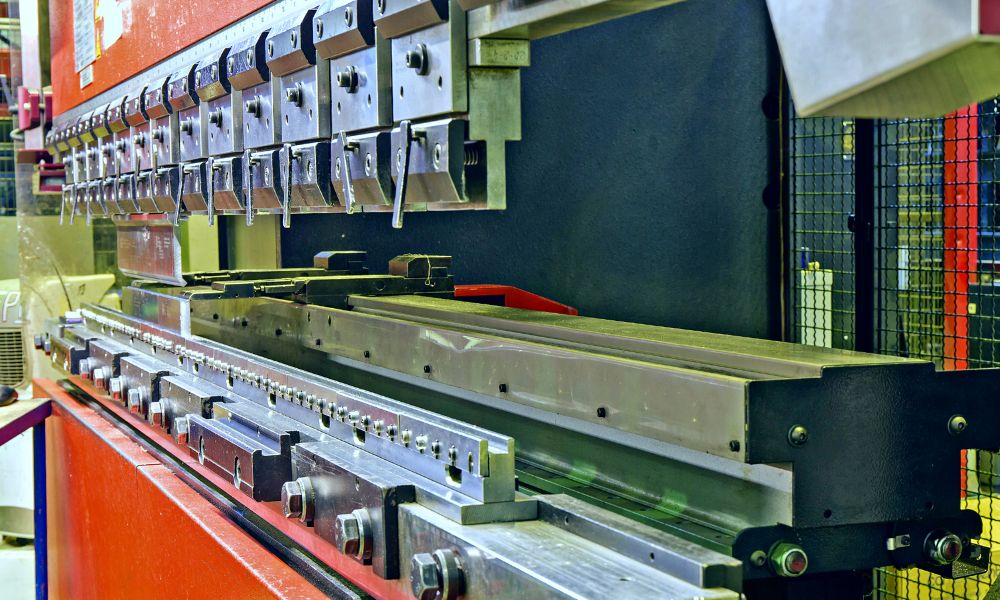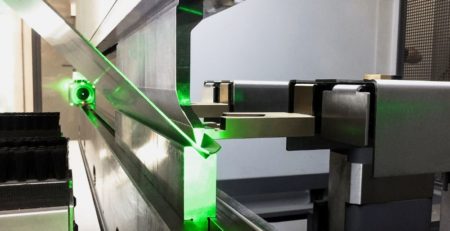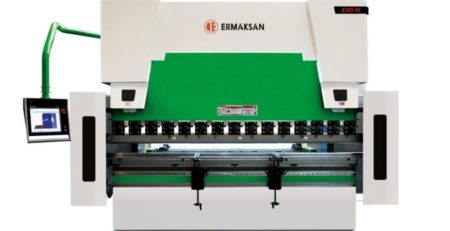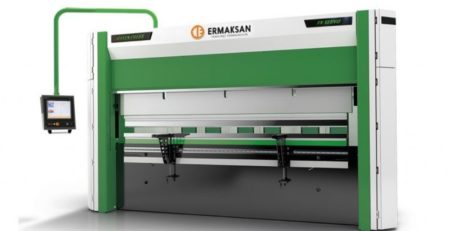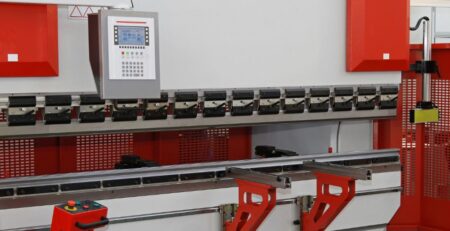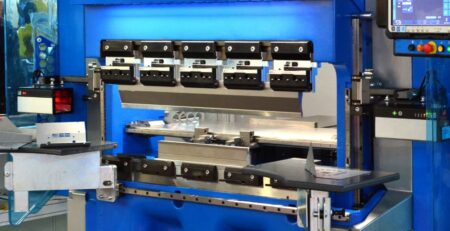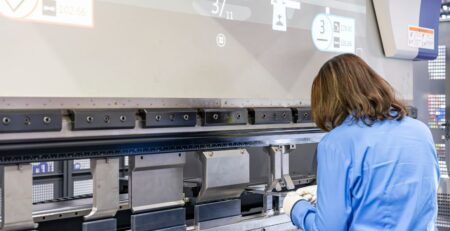How Many Axes Do You Need on a Press Brake?
A press brake is a machine used to bend or form metal into parts with specific shapes and sizes, usually by applying pressure via a ram and die. Determining how many axes you need on a press brake is crucial to producing quality, precision work in a metal fabrication shop. The number of axes your press brake needs depends on the complexity of the workpiece you are fabricating. Learn more about the available axes on a press brake and what they do.
Y-Axis
The Y-axis (or vertical axis) controls the vertical movement of the ram. Machine operators use it to adjust the pressure on the workpiece and allow for accurate bending. It also helps maintain consistent bend angles across all parts the machine produces. The Y-axis is an essential part of press brake operation, especially when making complex parts.
X-Axis
The X-axis (or horizontal axis) controls the forward and backward movement of the back gauge. The back gauge is used to hold the metal in place while the ram applies pressure to complete the bending process.
Z-Axis
The Z-axis controls the left and right movement of the back gauge. It allows for precise control over how far left or right the back gauge moves, ensuring accurate and repeatable results for each bend.
R-Axis
The R-axis (or rotational axis) controls the up-and-down movement of the back gauge. This allows the press brake to make bends at multiple angles and gives it the capability to form more intricate and complex shapes. The R-axis is important for ensuring that each bend is precisely executed without any distortion or warping, creating parts with exacting accuracy.
The V- or “Crowning“ Axis
The V- or “crowning” axis controls the top of the ram. This is used to apply even pressure across the length of the workpiece. This helps prevent deflection during bending, known as “crowning,” to ensure consistent bend angles across all parts. The V-axis is especially important for press brake operations involving precision shapes such as those the aerospace and automotive industries need.
So, How Many Axes Do You Need On A Press Brake?
The Y-axis is essential for all press brake operations, while the X- and Z- axes are important for ensuring accurate parts with repeatable results. The R-axis is necessary when bending at multiple angles or forming complex shapes, and the V-axis provides a higher level of quality control.
So, the number of axes you need on a press brake depends on the level of precision you require in producing sheet metal components with tight tolerances. The more axes you have, the more accurate and repeatable your work will be.
Mac-Tech is your source for any heavy-duty press you may need for your metal fabrication business. Browse our collection of new and pre-owned machines online, or call us to discuss your specific machinery needs. We’ll help you determine the number of axes and the controls you need to produce the work you do most often.

